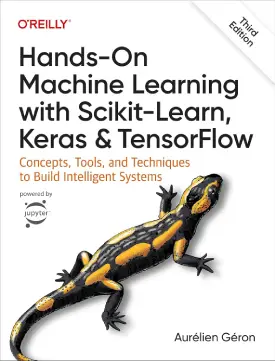Machine Learning Life Cycle
ML Life Cycle
The machine learning life cycle is an iterative flow process, in which each step is connected to the rest of the cycle. Every step of the process is crucial for the overall project. There are many different versions of the ML life cycle out there, from 4-step to 8 and even more step cycles. The life cycle described within this content follows a concise 5 step process.

Business understanding
This is the very first step of any ML project. Business understanding is about identifying and understanding the problem that the organisation is trying to solve, and how can machine learning help.
Data collection
The second step involves assessing the relevant data needed for the machine learning project. It also encompasses the sourcing of data (from where and how the data needs to be collected).
Data processing
Data processing refers to a variety of tasks: cleaning and formatting the data, structuring and enriching, and transforming the data into suitable input for the ML project. In other words, data is manipulated and converted appropriately, so the machine learning model understand and use the data effectively.
Model engineering
Modelling involves the decision and choice of the most efficient ML model. In this step, the model is developed as well as adjusted and improved (hyperparameters tuning and feature engineering). Model engineering also includes evaluating the accuracy of the model.
Model deployment
The final step of the machine learning life cycle is the deployment of the model, making it ready for production. The monitoring and tracking of the model performance, which is part of this step, is crucial for the success of the ML project in the long run.
Next: Underfitting




